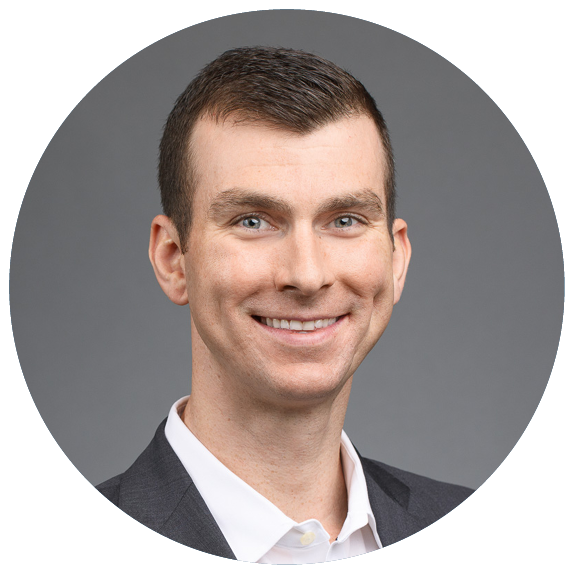The Importance of Integrated Technology Within a TAMP
TAMP & Technology • Written by: Brendan Falls, CFP®

Finding Harmony
A Registered Investment Advisor (RIA) looking to grow a book of business wants to spend most of the day building relationships and accumulating assets. While administrative functions are an integral piece of the operational puzzle, less time spent tending to workflows or troubleshooting technical issues translates to more meaningful efforts with prospects or existing clients.
Turnkey Asset Management Platforms (TAMPs) offer end-to-end functionality for RIAs, pursuing investment management activities and billing functions—and everything in between. The key to growth and increased productivity is leveraging a TAMP that carries on efficiently in the background while client relationships are being constructed or reinforced.
What to Look for in a TAMP
Admittedly, there is a lot of choice among TAMP providers. It might seem wise to partner with a large provider and hope that the services delivered meet expectations. Yet, it might be even smarter to deploy a TAMP whose solutions help an RIA grow, prosper, and exceed those expectations.
So, how might one TAMP set itself apart from the others? (We have a 24-question guide that can help your due diligence conversations, be sure to check it out.)
For starters, the advantage might be realized by providing customizable modules that integrate effortlessly under one roof. Also, flexible platforms have the capability to grow as the advisor’s business grows—reconfiguring programs to help meet changing requirements.
But, an integrated platform benefits an RIA in many other ways. Here are the areas you should be sure to evaluate.
User Experience
Part of a TAMP’s effectiveness can often be reflected in how much simpler the platform makes the daily life of the end-user. If a few hours of the day are spent on the phone seeking resolutions to problems with a software suite, then the primary objective of financial planning or account servicing takes a backseat.
A solution that can be embraced quickly helps boost productivity and allows RIAs to focus on acquiring new customers and gathering additional assets. An intuitive and easily navigable user dashboard gives advisors ready access to all pertinent data needed to make key business decisions—at both aggregate and detailed client levels. Less frustration with operational details also results in a higher level of user satisfaction, which in turn creates a memorable user experience and promotes employee engagement.
Proprietary Technology
An RIA can utilize a platform that performs all necessary business functions: client risk profiling, portfolio management, and reconciliation, to name a few. But, while those modules may appear to be a single solution, they are actually disparate pieces bolted together by multiple software developers. While these modules should theoretically work in concert, the nuances among applications could trigger technical problems that create downtime.
Using a TAMP that develops and owns all the technology propelling the platform has some distinct advantages. A single technology provider has the deepest insight into the mechanics of the system. When feasible, these particular TAMPs can often customize software to meet the unique needs of the client.
A Unified Database
When it comes to analytics and seamless integration, the integrity and consistency of data are paramount. If files are being populated with input from a number of different sources, it could cause errors or inconsistencies with client-facing materials such as reports or other analytics. The disjointed relationship between separate databases could cause some operational strife.
A TAMP that manages workflows -- before and after trades are executed -- allows output for all functions to be generated from a single source. A unified database facilitates updates made in real time both at the enterprise and customer level, and peak performance is critical when it comes to trade execution and reconciliation.
Cost Considerations
In an industry where net return is critical, fee structure can factor heavily into the decision to select a TAMP. An RIA may choose an off-the-shelf offering in which technology is owned by multiple vendors. An advisor can select a la carte services from a prescribed menu. In both cases, outsourcing technology from a separate entity or entities may result in a TAMP incurring additional costs. Those expenses can be passed off to the RIA who must be cognizant of cost in a fee-conscious environment.
The more optimal TAMP model builds its proprietary technology tools-- such as integrated customer relationship management software-- from the ground up. This strategy relieves the TAMP from having to lease or purchase solutions from several different providers. As such, TAMPs that develop technology in-house typically cost less to use versus competitors that must source these services.
Choose Wisely
Granted, there are many moving parts to any TAMP. Depending on an RIA’s needs, some TAMPs may be suitable partners, and some may not. If the decision to leverage a TAMP is to be made on a holistic basis, it’s prudent to consider the entity that makes integration seamless, offers superior value, and can be tailored to meet some specific needs. Thus, choose wisely among TAMPS that balance cost with features, benefits, and have the capacity to scale up with the business.
You can always reach out to our team to discuss your needs.

